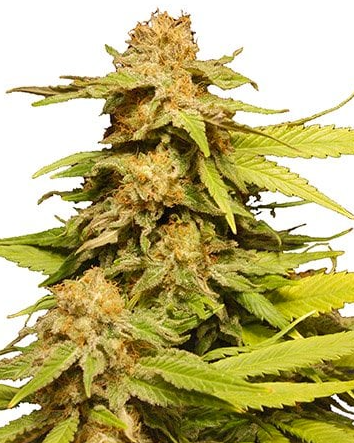When it comes to growing cannabis outdoors, there are various challenges that growers may face. Each strain has its own unique characteristics and requirements, and Feminized Grape Ape Seeds is no exception. In this article, we will explore the specific challenges that come with growing Feminized Grape Ape outdoors and provide some solutions to help you achieve a successful harvest.
Understanding Feminized Grape Ape Seeds
Before delving into the challenges and solutions, let’s first understand what Feminized Grape Ape Seeds are. Feminized seeds are genetically modified to produce only female plants, which are the ones that produce the sought-after buds. Grape Ape is a popular indica-dominant strain known for its grape-like aroma and relaxing effects. It is a relatively easy strain to grow, making it suitable for both novice and experienced growers.
Challenge 1: Climate and Weather
One of the main challenges when growing Feminized Grape Ape outdoors is finding the right climate and weather conditions. Grape Ape thrives in a warm and dry climate, similar to the Mediterranean region. However, it can also tolerate slightly cooler temperatures.
Solution:
To overcome this challenge, it is essential to choose the right time to plant your Feminized Grape Ape seeds. Wait until the last frost has passed and the soil temperature reaches around 60°F (15°C). This will ensure that the plants have a good start and can withstand any unexpected temperature drops. Additionally, consider using protective measures such as greenhouses or cold frames to create a microclimate that suits the needs of the plants.
Challenge 2: Pests and Diseases
Like any other plant, Feminized Grape Ape is susceptible to pests and diseases. Common pests that may attack your outdoor plants include aphids, spider mites, and caterpillars. Diseases such as powdery mildew and bud rot can also pose a threat to your crop.
Solution:
Implementing preventive measures is crucial to keep pests and diseases at bay. Regularly inspect your plants for any signs of infestation or disease. Introduce beneficial insects like ladybugs or lacewings to control pests naturally. Additionally, practicing good sanitation by removing any dead or infected plant material can help prevent the spread of diseases. Consider using organic pesticides and fungicides as a last resort, ensuring they are safe for consumption and the environment.
Challenge 3: Nutrient Management
Proper nutrient management is vital for the healthy growth of Feminized Grape Ape plants. Outdoor cultivation requires a balanced approach to ensure that the plants receive the necessary nutrients throughout their lifecycle.
Solution:
Start by preparing the soil before planting. Conduct a soil test to determine its nutrient composition and pH level. Based on the results, amend the soil with organic matter and appropriate fertilizers to provide the required nutrients. During the vegetative stage, focus on nitrogen-rich fertilizers to promote lush foliage growth. As the plants transition to the flowering stage, switch to phosphorus and potassium-rich fertilizers to support bud development. Regularly monitor the plants for any signs of nutrient deficiencies or excesses and adjust the feeding accordingly.
Challenge 4: Light Exposure
Outdoor growers have less control over the amount of light their plants receive compared to indoor growers. Insufficient or excessive light exposure can affect the growth and development of Feminized Grape Ape plants.
Solution:
Choose a suitable location for your outdoor garden that receives ample sunlight. Grape Ape plants thrive in full sun, so aim for at least 6-8 hours of direct sunlight per day. If your garden has shaded areas, consider pruning nearby trees or using reflective materials to maximize light penetration. In regions with long summers, light deprivation techniques can be employed to manipulate the flowering period and increase yields.
Conclusion
Growing Feminized Grape Ape outdoors can be a rewarding experience, but it does come with its own set of challenges. By understanding and addressing these challenges, you can optimize the growth and yield of your plants. Remember to choose the right climate, implement pest and disease management strategies, provide proper nutrients, and ensure adequate light exposure. With careful planning and attention to detail, you can enjoy a successful harvest of high-quality Feminized Grape Ape buds.
